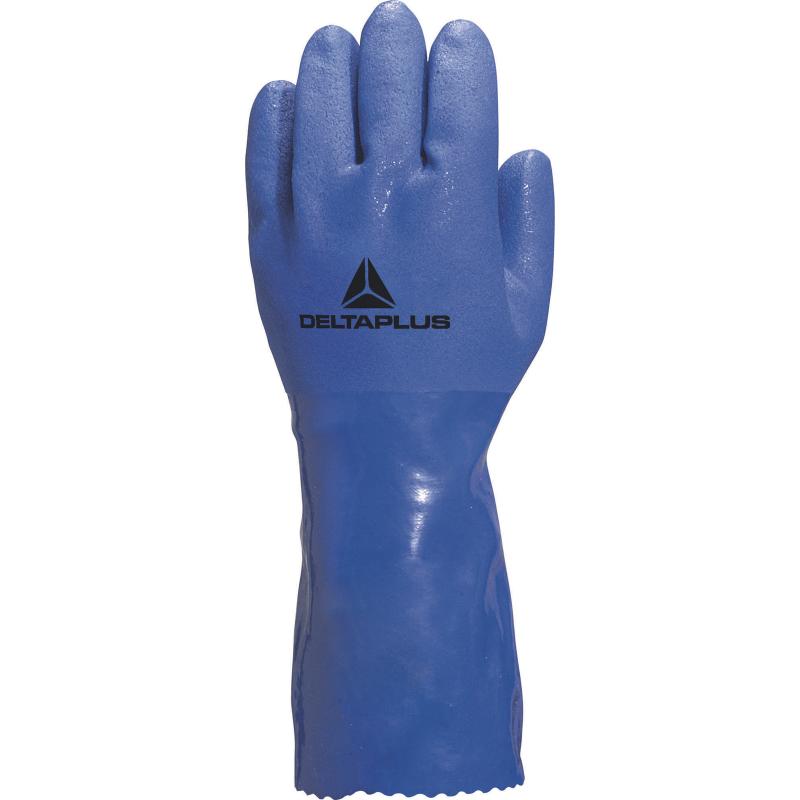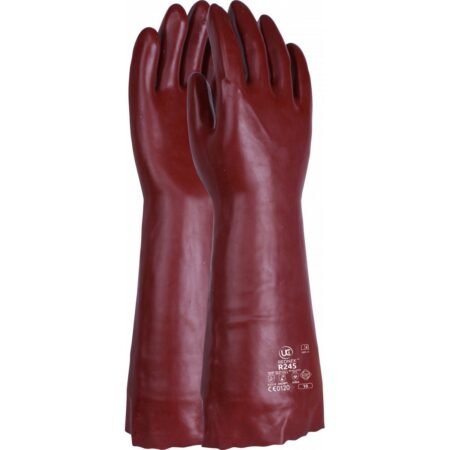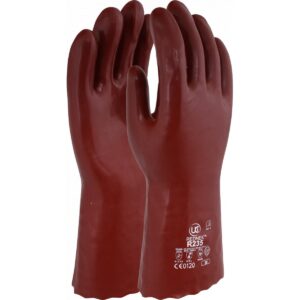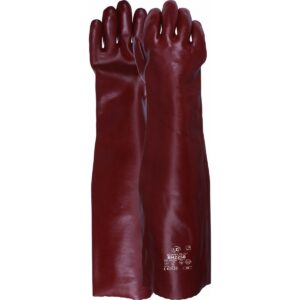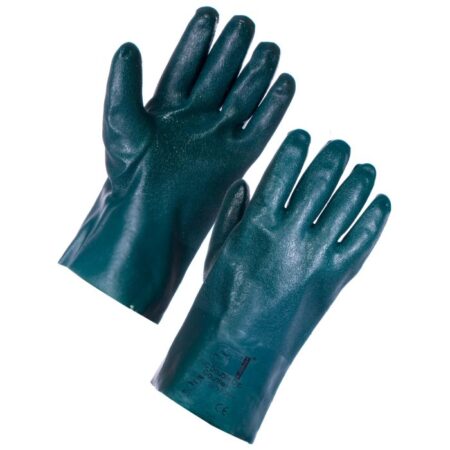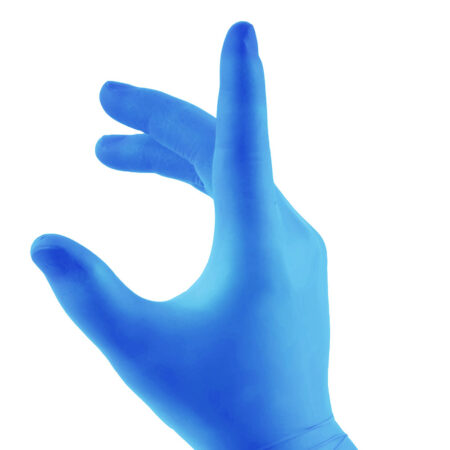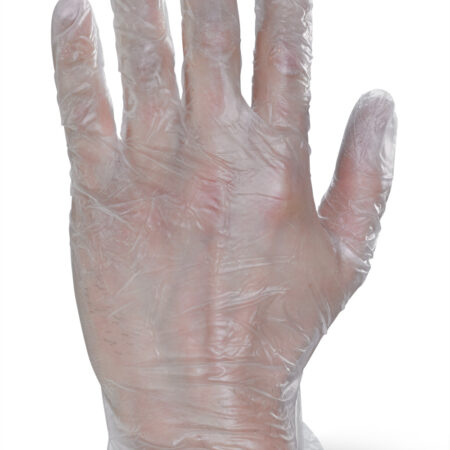Your basket is currently empty!
PETRO VE780 PVC COATED GLOVE SOLD IN PACKS OF 12 – (PRICED PER PAIR)
£3.85
Description
PVC COATED COTTON LINED GLOVE OIL TYPE
Chemical PVC. PVC on cotton knitted lining gauge 13. Rough-textured hand. Length: 30 cm. Thickness: 1.30 mm.
Support: cotton.
Coating: PVC.
Thickness: 1,30 mm.
Textured structure
Good grip of handled objects
PVC
Good resistance to abrasion
Material very resistant to oils, chemicals and petroleum derivatives
EN420:2003+A1:2009 General requirements
5 Dexterity (from 1 to 5)
Protective gloves against mechanical Risks (Levels obtained on the palm)
EN388:2016 Protective gloves against mechanical Risks (Levels obtained on the palm)
4 Resistance to abrasion (from 1 to 4)
1 Resistance to cutting (from 1 to 5)
3 Resistance to tear (from 1 to 4)
1 Resistance to puncture (1 to 4)
X Resistance to cutting by sharp objects (TDM EN ISO 13997) (from A to F)
Protective gloves against dangerous chemicals and micro- organisms – Part 1: Terminology and performance requirements for chemical risks.
EN ISO 374-1:2016 Protective gloves against dangerous chemicals and micro- organisms – Part 1: Terminology and performance requirements for chemical risks.
TYPE B Type B – Water and air tightness according to EN ISO 374-2:2019. Permeation resistance to at least 3 chemicals at level 2 according to EN16523-1: 2015 (from 1 to 6).
. Determination of resistance to degradation by chemicals according to EN ISO 374-4: 2019. Part 4: Determination of resistance to degradation by chemicals.
J 2 > 30 mn n-Heptane (J) CAS 142-85-5
K 6 > 480 mn Sodium hydroxide 40% (K) CAS 1310-73-2
L 4 > 120 mn Sulphuric acid 96 % (L ) CAS 7664-93-9
Protective gloves against dangerous chemicals and micro-organisms – Part 5: Terminology and performance requirements against micro- organisms risks.
EN ISO 374-5:2016 Protective gloves against dangerous chemicals and micro-organisms – Part 5: Terminology and performance requirements against micro- organisms risks.
BACTERIA + FUNGI . BACTERIA + FUNGI : Water and air tightness according to EN ISO 374-2:2019.

